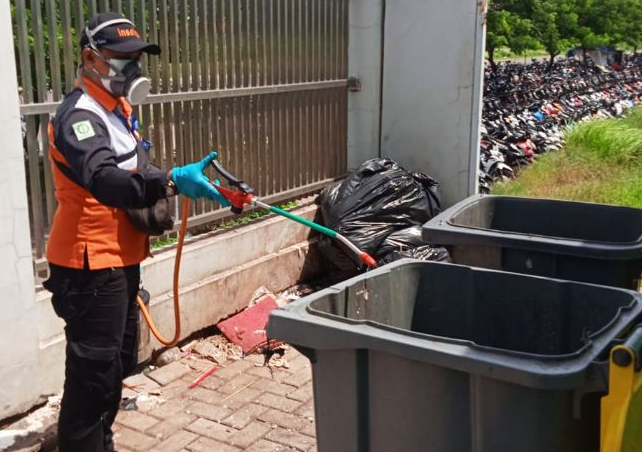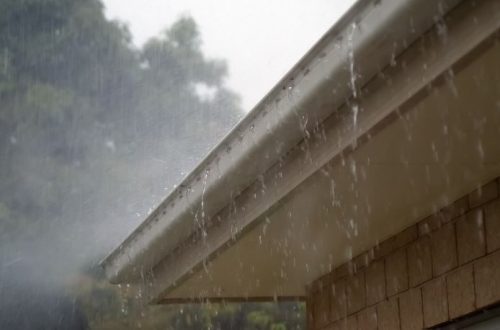Key Takeaways
- Pest-focused home inspections are essential for spotting signs of infestation early, preventing extensive damage and costly repairs.
- Understanding common pests and their impact can help homeowners recognize when to seek a home inspection.
- Preventative measures and proper maintenance routines can reduce the likelihood of pest issues in the home.
Table of Contents:
- Introduction to Pest-Focused Home Inspections
- The Importance of Regular Pest Inspections
- Common Pests and Their Telltale Signs
- The Pest Inspection Process
- Benefits of Early Pest Detection
- Preventative Strategies for Homeowners
- Choosing Pest Inspection Services
- After the Inspection: Next Steps
- Financial Considerations and Home Value
- Conclusion
Introduction to Pest-Focused Home Inspections
Homeowners are often vigilant about the structural and aesthetic aspects of their properties, yet an unseen threat usually lurks within the walls: pests. A pest-focused home inspection offers an in-depth look at a property to identify the presence of unwelcome critters that can cause substantial harm. These inspections, conducted by trained professionals, cover everything from termites and rodents to mold and mildew, which can also attract other pests.
The Importance of Regular Pest Inspections
Given pests’ hidden nature, regular inspections are vital for the early detection and management of these issues. Waiting until signs are overt, such as visual damage or an actual sighting of pests, might indicate that the problem has already reached a more severe stage. Early detection through a professional home inspection can prevent the escalation of infestations, leading to more manageable and less costly interventions.
Common Pests and Their Telltale Signs
Typical household pests, such as termites, rodents, and carpenter ants, can all produce significant damage if not controlled. However, each leaves a different calling card. For example, termites create small holes, mud tubes, and wood structures, while carpenter ants leave behind a sawdust-like material. Rodents are notorious for chewed electrical wiring and droppings. Familiarizing oneself with these signs can alert homeowners to potential problems before they escalate unchecked.
The Pest Inspection Process
The inspection thoroughly investigates common hideouts for pests in and around the home. Inspectors equipped with specialized tools check for signs of habitation and damage in basements, attics, voids in walls, and other less-frequented areas of a property. This meticulous approach ensures that even the most inconspicuous pests cannot escape detection.
Benefits of Early Pest Detection
Spotting the problem early by scheduling a regular pest inspection can save homeowners from the headache of unwieldy infestations. Identifying a pest problem early can mean more straightforward and localized treatments, lower costs, and the ability to maintain your home’s structural integrity and safety. Additionally, early detection aids in preserving a property’s market value, which can be negatively impacted by pest damage.
Preventative Strategies for Homeowners
Preventative measures are vital in deterring pests. These strategies include keeping the home clean, eliminating moisture buildup, and regularly inspecting the exterior for any cracks or openings that can serve as entry points. By practicing proper home maintenance, homeowners can minimize the likelihood of pest infestations and the subsequent need for more aggressive treatments.
Choosing Pest Inspection Services
Selecting the exemplary service for a pest inspection is a critical decision. Look for licensed professionals with a good reputation and track record. They should explain their inspection process, what pests they cover, and the methods they use for detection. The clarity of their communication about their findings and suggested action steps is equally important for homeowners to consider.
After the Inspection: Next Steps
Once the inspection is complete and any pest activity has been identified, homeowners should work with their chosen professional to discuss the best action. This might include localized treatments, broader pest management plans, or even repairs for any damage that may have been caused. A thoughtful and reactive approach following an inspection can make all the difference in keeping a home pest-free.
Financial Considerations and Home Value
The financial implications of pest damage can be significant. Repairing structural damage can add up quickly, particularly from termites or rodents. Regular inspections are an investment, potentially saving thousands in repairs and preserving the value of your home. Being proactive with pest inspections is a smart financial move for any homeowner.
Conclusion
To conclude, regular pest-focused home inspections are indispensable for any diligent homeowner. By understanding potential pest problems and seeking timely professional inspections, homeowners can protect their property from the significant damage pests can incur. With the proper preventative measures and the assistance of a skilled inspection team, the threat of pests can be effectively managed, ensuring your home’s long-term stability and value.





